Marketers are drowning in tools and content, and only orchestration can pull them out
Cut through AI-driven chaos with orchestration that unifies workflows and channels, strengthens brand trust and delivers real results.
Marketers today aren’t short on tools or content — they’re drowning in both. Fragmented stacks, manual processes and an overwhelming tide of generic AI output have created more chaos than clarity.
The costs are steep: wasted budgets, diluted brands and campaigns that fail to connect. The answer isn’t more tools, but orchestration. Moving from chaos to cohesion means unifying strategy, workflows and measurement so AI becomes an accelerant — not a liability.
Explosion of channels
The digital landscape is shifting as customers turn to new AI-powered channels for discovery. Tools like Google AI Overviews, Gemini, ChatGPT, Perplexity, Claude and Microsoft Copilot deliver instant answers and neatly summarized information, changing how people engage with brands.
This shift creates a dual financial threat: the cost of invisibility and the risk of falling behind. As more users rely on conversational AI and AI Overviews, brands that fail to adapt will be erased from consideration — losing market share and missing valuable lead opportunities.
Fragmentation of tools
A typical marketing department today is a patchwork of disconnected tools, creating inefficiencies and data silos. A martech stack might include dozens of specialized solutions, with each team or individual relying on their preferred software. This siloed approach erodes cohesion and makes a unified view of marketing efforts nearly impossible.
The result is a hidden cost of inefficiency. A chaotic martech stack isn’t just inconvenient — it’s a significant financial drain, as the lack of seamless communication between tools leads directly to wasted effort and monetary loss.
- Cost of operation: Manual data entry and constant copy-pasting between systems are inefficient and costly. This labor-intensive work increases operational expenses and pulls valuable talent from strategic priorities toward repetitive, low-value tasks.
- Integration overruns: Attempts to create cohesion often lead to complex, custom integration projects. These efforts frequently spiral into cost overruns and technical debt, demanding specialized talent and ongoing maintenance — diverting even more resources from core marketing initiatives.
Dig deeper: How to choose the right marketing AI tools for real business impact
Quality of content
The accessibility of generative AI has created a flood of new content and a significant problem of content pollution. The sheer volume of AI-generated text, images and video is often inconsistent, inaccurate or missing the human touch and genuine expertise that builds credibility.
- Generic and repetitive content: Much AI-generated content is formulaic and lacks originality. It often scrapes and synthesizes existing information without adding new insights or a distinct brand voice. This commoditization makes it harder for high-quality, human-created work to stand out.
- Inaccuracy and hallucinations: AI models sometimes generate plausible-sounding but factually incorrect information — known as hallucinations. Publishing such errors can severely damage a business’s reputation and erode customer trust. A strong editorial and human review process is essential to vet AI output.
- Inconsistency and brand dilution: Different team members and siloed teams using various tools often produce inconsistencies. Variations in brand tone and voice across AI tools and channels quickly dilute the brand and undermine customer trust, making loyalty harder to build and maintain.
- Erosion of trust: A single factual error from AI-generated content can damage credibility. Rebuilding that trust with customers and the market is lengthy and costly, potentially impacting sales and CLV. The flood of low-quality AI content directly threatens a brand’s most valuable asset — its reputation and trustworthiness.
Workflow management: Across channels, tools and the customer journey
With the compounded challenges of new channels, fragmented tools and questionable content quality, managing marketing workflows has become increasingly complex.
The traditional linear process is no longer enough. Teams must now coordinate across a multi-dimensional ecosystem to ensure consistency, quality and effectiveness — often leading to cost overruns and inefficiencies.
- Complexity of multichannel campaigns: A single campaign may require different content for a blog post, a social thread, an email newsletter and an AI-generated summary. Managing creation, review and distribution across teams and tools quickly becomes a logistical challenge.
- Scaling to multiple locations: Localization adds another layer of complexity for multi-location or multi-language businesses. Tailoring content for local needs often leads to inconsistencies that compound over time.
Difficulty measuring performance
The fragmentation of tools makes it difficult to get a clear, unified view of campaign performance. Email analytics may sit in one system, social media metrics in another and web data in another — each team reporting against its KPIs.
The rise of generative engine optimization (GEO) has only added new layers of complexity, introducing metrics that don’t align neatly with traditional measures. Without a single source of truth, it becomes nearly impossible to compare results across channels, assess ROI accurately or allocate budgets confidently.
- Difficulty measuring ROI: Without a unified view of campaign performance, measuring return on investment is difficult. Fragmented reporting often leads to resources being poured into channels that aren’t delivering real value. The result is inefficient budget allocation, wasted spending and missed opportunities in competitive markets.
- Operational inefficiencies: The logistical challenge of managing multichannel campaigns across different tools adds significant time, effort and cost. These workflow inefficiencies often lead to missed deadlines, slower campaign launches and an overall loss of agility — putting businesses at a competitive disadvantage.
The challenges outlined above demand a strategic response. The solution isn’t adding more tools to the stack or producing more AI-generated content. Businesses need a comprehensive approach integrating customer journeys, channels, workflows and performance KPIs into a single framework.
The answer lies in building a cohesive, end-to-end content automation system that combines intelligence, strategy, workflow management and real-time performance tracking.
Dig deeper: 3 must-have new AI features for your DAM
Chaos to cohesion: A framework for content automation workflows
This framework provides a roadmap for businesses to move from reactive chaos to proactive control, ensuring that every piece of content serves a clear purpose and delivers measurable results.
1. Intelligence: The foundation of strategy
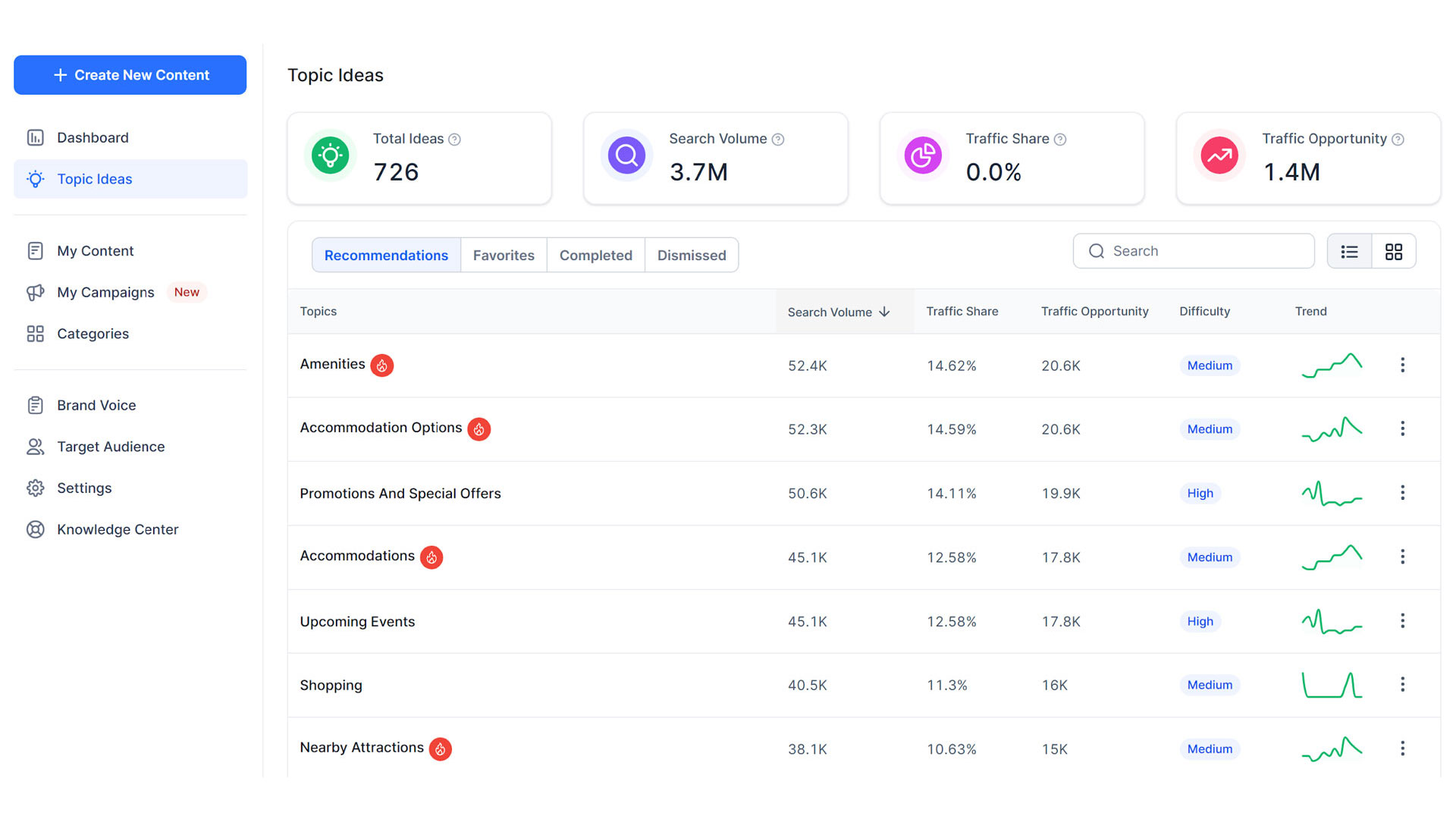
Workflows must be grounded in intelligence before you create a single line of content. A solution should offer integrated ideation that surfaces high-impact topics using data from search volume and competitor analysis. This data-driven approach turns content creation from guesswork into a strategic imperative.
- Audience: Understand audience personas — their needs, pain points and motivations.
- Brand: Define uniform standards for voice, tone, style and personality. The AI model must be trained on your brand’s unique voice and adapt consistently to your language and style.
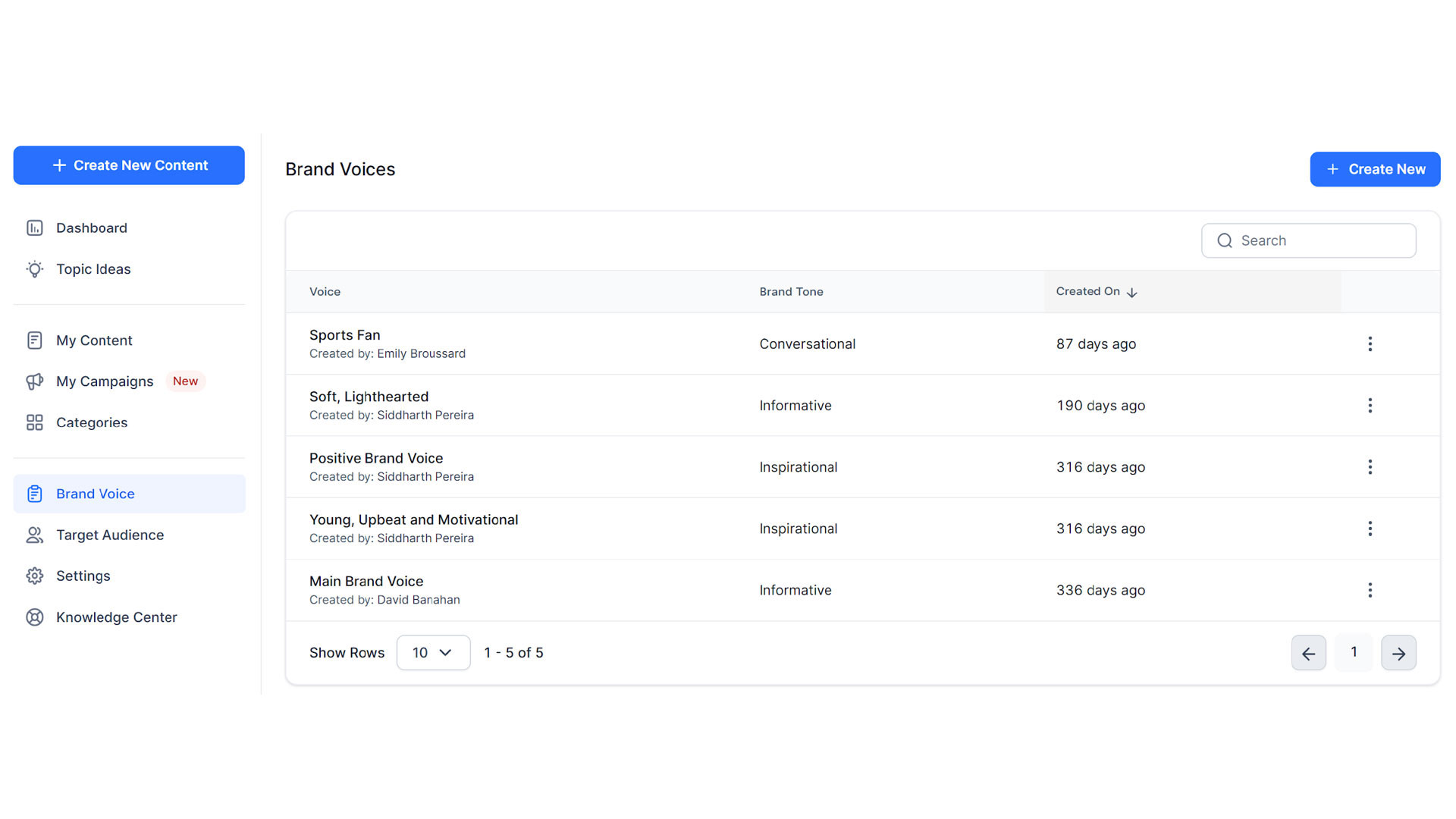
- Unique value proposition: Clearly define the brand, product or offer’s advantages
- Opportunity and competitive gaps: Identify content opportunities and gaps, ensuring output optimization for both traditional and generative search. Based on competitor data and coverage, a quality score should guide focus toward high-impact topics.
2. Unifying strategy: Aligning teams and goals
With intelligence established, the next step is to unify strategy across the organization. A solution should enable campaign content built from a single idea, ensuring consistent messaging across all channels. It should also offer pre-defined templates for different content types while allowing brands to upload custom ones.
- Cross-functional alignment: Establish a centralized strategy that connects all teams.
- Channel-agnostic campaigns: Create campaign briefs that aren’t tied to a single channel. Strategy should serve as the North Star, with content adapted seamlessly for each format — whether a LinkedIn post, blog summary or customer email — from a single, unified source of truth.
Dig deeper: Beyond storage: How DAM platforms became the unsung heroes of modern marketing
3. Workflows: Unifying data and assets
This is the tactical core of the framework, where you build the infrastructure to support a unified strategy. The goal is to eliminate the friction caused by disparate tools and fragmented data. A solution should offer custom workflows to automate tasks such as campaign creation, promotions and managing dynamic content like events or FAQs at scale.
- Using existing content: The solution should allow ingestion of existing content (pages or documents) and instantly rewrite or enhance them with the same or new templates — ideal for refreshes or migrations.
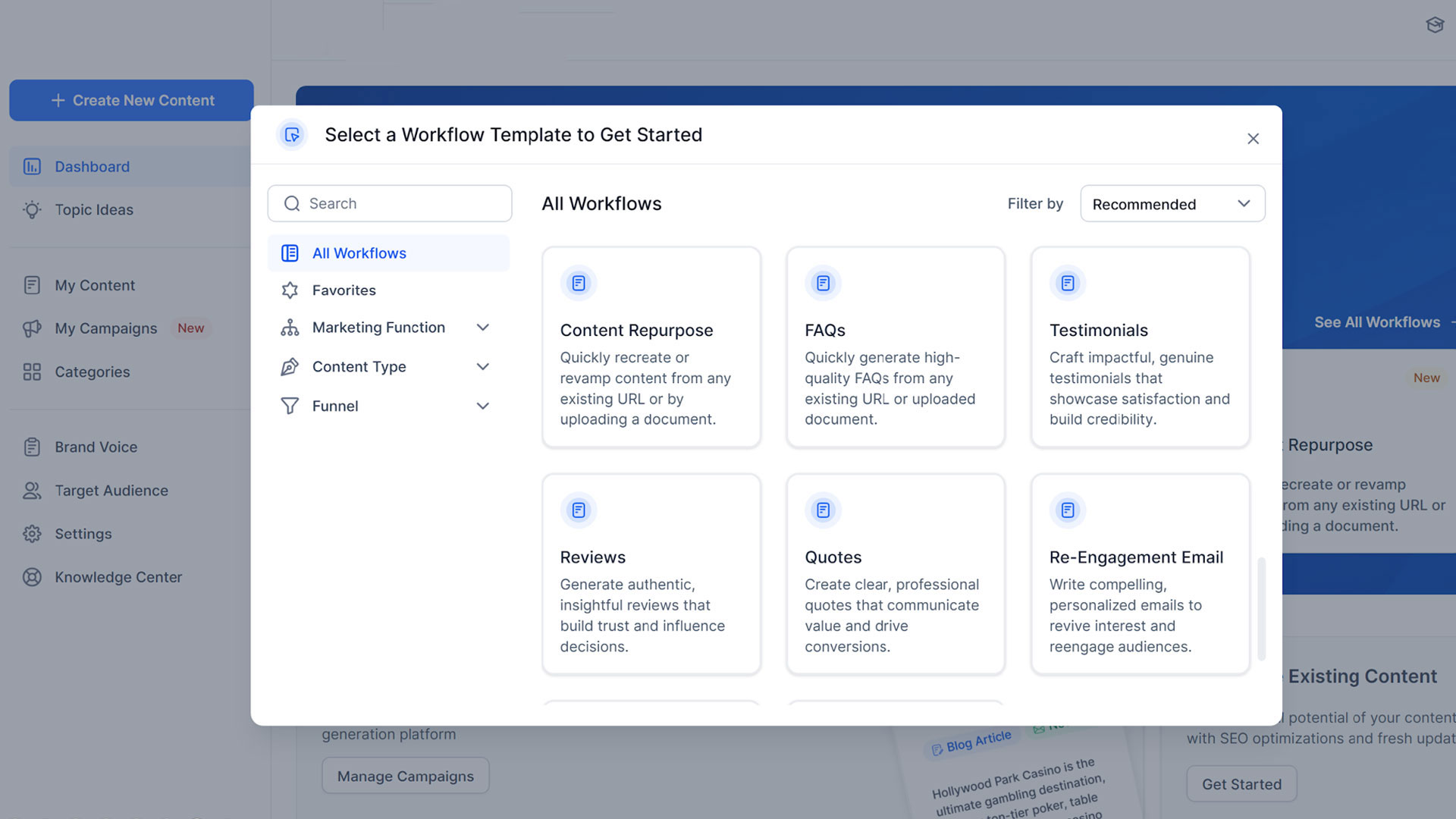
- Intelligent asset management: With multimodal search, visual content is more important than ever. File naming, alt text and image captions alone aren’t enough. Intelligent asset management should include:
- Centralization: A unified digital asset management (DAM) system that houses all brand-approved assets.
- Optimization: Visual content optimized for safe search and tagged with relevant schema, with AI used to generate new assets where needed.
- Distribution: Centralized distribution to avoid duplicate versions that reduce discoverability and ensure consistency across channels.

- Deploying deep nested schema: Content must be discoverable for humans and machines. With limited crawl budgets and costly compute, structured data is critical. Your platform should wrap content in deep nested schema markup and tag entities at creation or update, making it machine-friendly and easier for LLMs to surface in relevant searches.
- Integrated customer journey: With customer journeys increasingly fragmented, creating a unified view of every touchpoint is essential for seamless campaign management. AI can help map content needs across the entire journey and channels.
- Workflow automation: The surge of channels and increasing content demand make manual orchestration unsustainable. A robust platform should automate the entire content lifecycle — from creation to publishing — with one-click distribution to CMS and social channels, plus flexible export options (HTML, JSON) for integration across the digital stack.
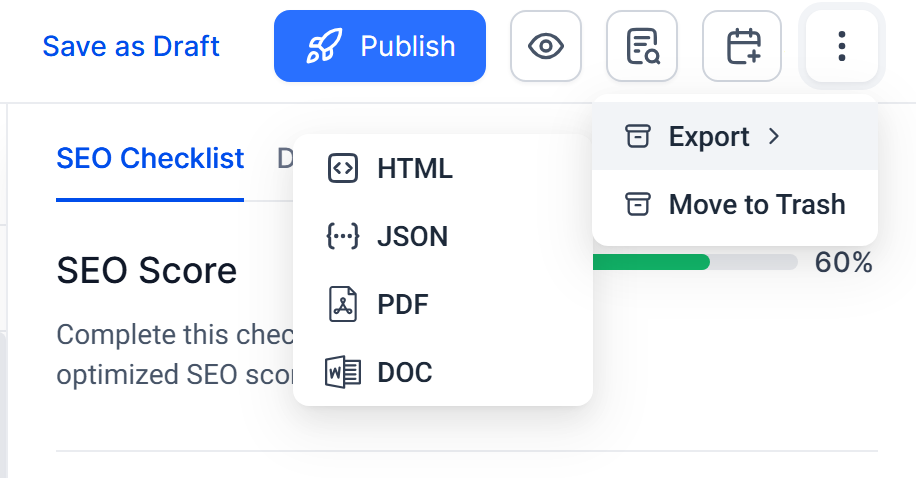
Dig deeper: How to select a CMS that powers SEO, personalization and growth
4. Humanize and scale: The power of human-in-the-loop automation
This step tackles the suspect quality problem head-on. The goal is to use AI for scale without losing the human-centric quality that builds brand trust and credibility. The right solution should enhance content quality and ensure consistency across creators, with workflows that keep humans in the loop.
- Human-in-the-loop process: AI should handle tedious, time-consuming tasks like generating outlines or first drafts. The human role shifts from creation to curation:
- Adding unique perspective.
- Verifying accuracy.
- Ensuring readability.
- Reinforcing brand voice and expertise.
- To make this more efficient, the platform must provide readability and uniqueness scores, along with AI vs. Human evaluation, allowing teams to focus on strategy, audience centricity and compelling messaging.
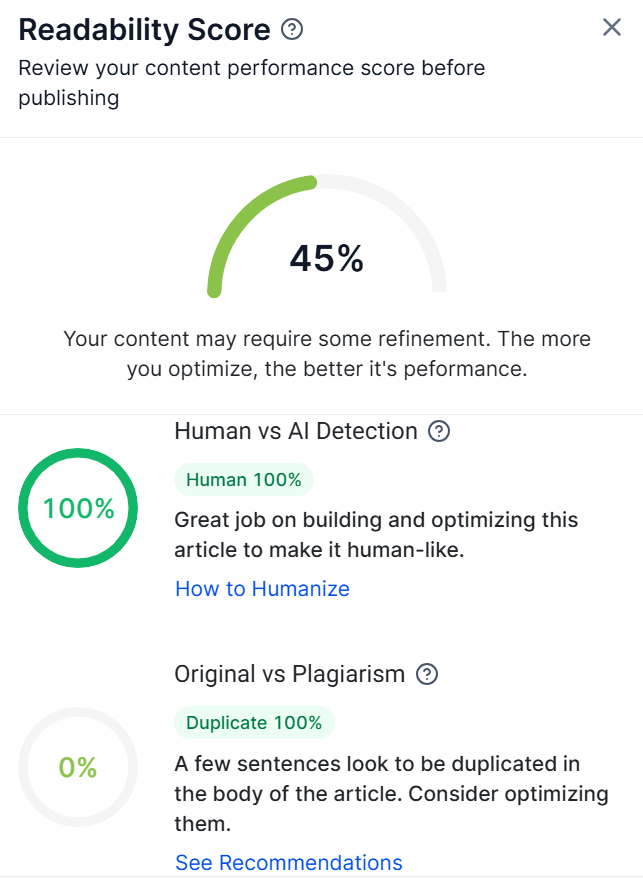
- Consistency at scale across channels: The ideal solution must be trained on your brand voice, maintaining consistent tone, language and style across all content. Once a human-approved asset is created, the system should automatically generate platform-specific variations that preserve uniformity while adapting to each medium.
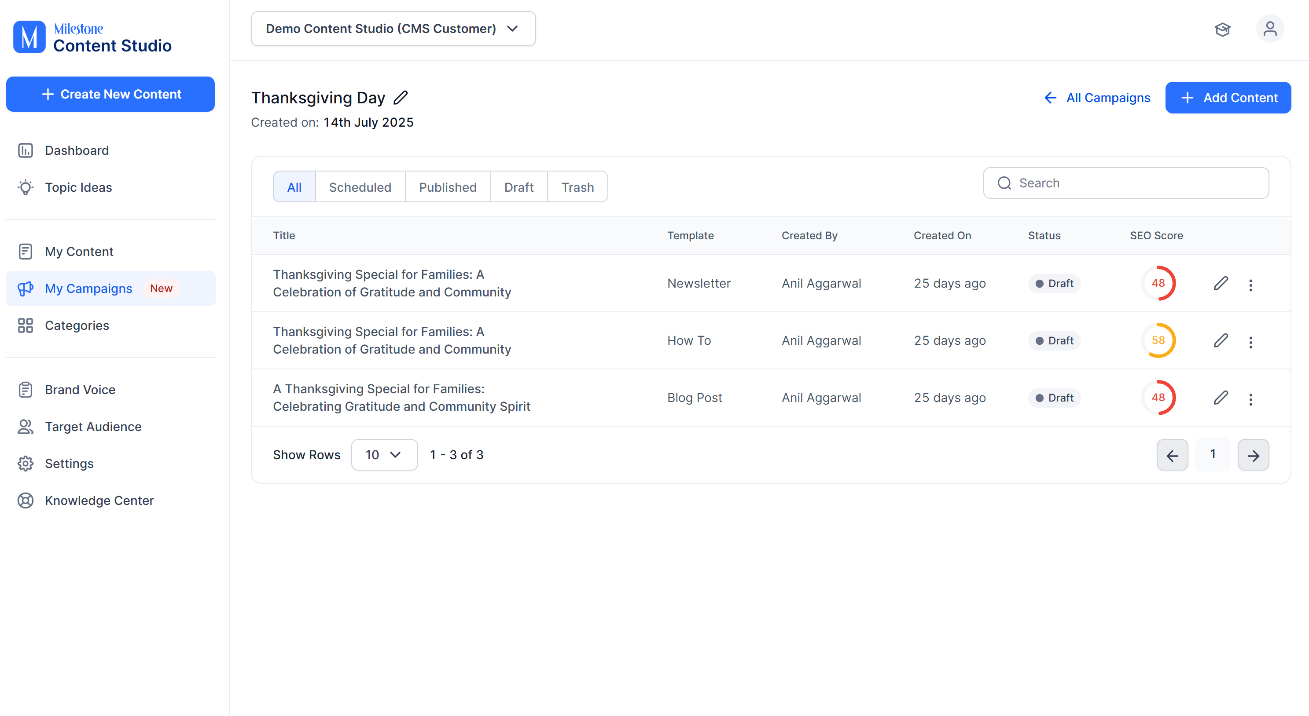
- Scaling content: Content discoverability has been a challenge long before AI-powered search and the explosion of AI-generated material has only amplified it. For multi-location businesses, localizing and scaling both brand and local content adds further complexity. The solution should support all scaling needs — whether location-based, event-driven, visual or FAQ content — at scale.
Dig deeper: The opportunities for AI in digital asset management
5. Performance: Measurement and optimization
The final and most critical step is closing the loop on performance — turning fragmented data into clear, actionable insights that enable continuous optimization and demonstrate real ROI.
- Unified KPI dashboards: A comprehensive solution should provide a central dashboard that pulls data from all integrated platforms. This single source of truth offers a complete view of campaign performance and allows accurate measurement of KPIs such as visibility, engagement and conversion across channels.
- Continuous optimization: Performance data should inform strategy refinements. A robust solution helps produce quality content that surfaces in search and AI engines, boosting brand presence in AI-generated answers through rich schema, FAQs and location signals.
The rise of AI makes it possible to automate much of the marketing and content workflow. But relying on too many specialized tools adds overhead and inefficiency. Consolidating the stack with a solution that enables true content orchestration — across teams, channels, geographies and customer journeys — is the smarter path forward.
Many thanks to Sathya Krishnamurthy, David Banahan and Tushar Prabhu for helping me bring this together.
Contributing authors are invited to create content for MarTech and are chosen for their expertise and contribution to the martech community. Our contributors work under the oversight of the editorial staff and contributions are checked for quality and relevance to our readers. MarTech is owned by Semrush. Contributor was not asked to make any direct or indirect mentions of Semrush. The opinions they express are their own.
Related stories